#california
Photo

Dress
Gilbert Adrian (Los Angeles, California)
c.1947
LACMA (Accession Number: 56.14.3a-b)
#dress#fashion history#vintage fashion#gilbert adrian#1940s#1947#20th century#pink#blue#purple#pastel#cotton#united states#california#lacma
237 notes
·
View notes
Text



San Francisco
shinndierock
297 notes
·
View notes
Photo
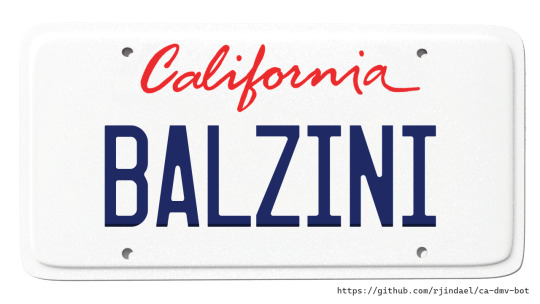
Customer: MY MAGICIAN NAME WHEN I USE TO PERFORM AS A TEENAGER
DMV: BALLS IN 1?
Verdict: DENIED
#California license plate with text BALZINI#bot#ca-dmv-bot#california#dmv#funny#government#lol#public records
203 notes
·
View notes
Text
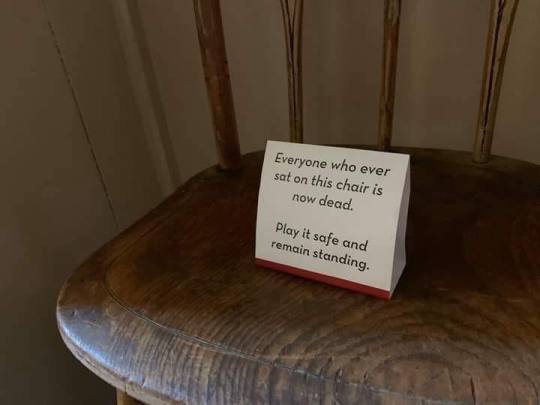
Having worked at a historical site, I wish I had thought of this. Credit to the California parks division for this great way of telling people not to sit on the Furniture without telling them so
102 notes
·
View notes
Text

Denise Scott Brown, Lincoln and Pico Boulevards, Santa Monica, California, 1967
#Denise Scott Brown#art#sign#photography#architecture#urbanism#Lincoln and pico boulevards#santa Monica#california
86 notes
·
View notes
Text

👋🏼
#18+ post#girlswholift#fitness#california#perfect body#hottie#me#selfie#photography#baddie#art#beautiful babes#sexy hotties#perfect bum
84 notes
·
View notes
Text

Eureka Theatre
612 F Street, Eureka, California, USA
Designed by Moore & Roberts in 1938
Photo: Ryan Filgas
74 notes
·
View notes
Photo

CoL Adjusted Standard of Living, 2023.
85 notes
·
View notes
Text
Hello everyone I guess it's time we talk about tranny girl, slide in DM let's have fun together 🍆👅

#tranny#gay#lesbian#lgbtq#18+ content#hot nude#mtf trans#sexy content#sexy pose#sexy titts#trans#transgender#trans rights#transsexual#transformers#mft trans#trans nsft#trans beauty#trans pride#trans woman#transfem#transformation#transgirl#transisbeautiful#transparent#so hot 🔥🔥🔥#los angeles#california#18+ blog#beautiful
103 notes
·
View notes
Text
The San Francisco Earthquake of 1906 was truly devastating. First the quake leveled buildings, then a series of fires burned much of what was left. Here are some photos of the destruction:
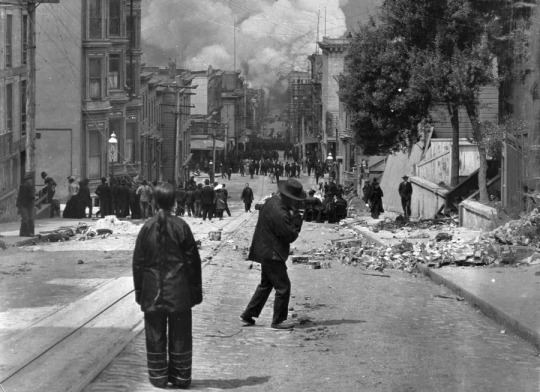


{Buy me a coffee} {WHF} {Medium} {Looking Through the Past}
Much more on the city before, during, and after the quake here:
73 notes
·
View notes
Photo

Customer: (not on record)
DMV: SEXUAL
Verdict: DENIED
#California license plate with text 3O INCHR#bot#ca-dmv-bot#california#dmv#funny#government#lol#public records
220 notes
·
View notes
Text
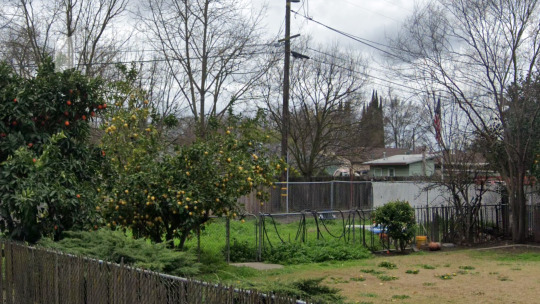
Wilshire Ave, Stockton, California.
56 notes
·
View notes
Text
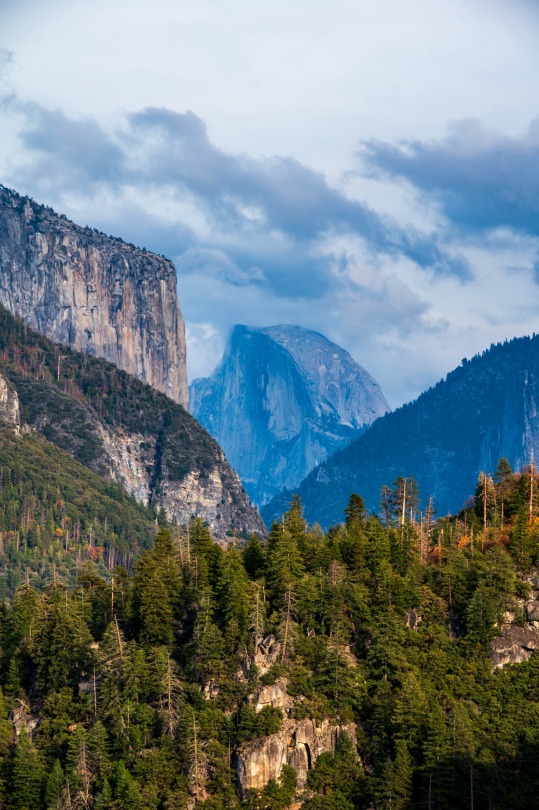
#mine#photography#california#travel#photographers on tumblr#nature#landscape photography#landscape#california photography#yosemite valley#yosemite national park#yosemite
57 notes
·
View notes
Text

Oakland, California
#Oakland#California#free gaza#palestine genocide#i stand with palestine#free palestine#gazaunderattack#gaza genocide#gaza strip#gaza#israel#israel is committing genocide#israel palestine conflict#usa news#usa politics#joe biden#israel is a terrorist state#politics#aaron bushnell
43K notes
·
View notes
Text

wrapped up
#18+ post#girlswholift#baddie#fitness#california#perfect body#hottie#me#selfie#photography#art#beautiful babes#implied nude#sexy hotties#nude modeling#hot nude
60 notes
·
View notes
Text

#petfinder#catfinder#cat#kitten#kitty#food mention#car seat french fry#orange tabby#ca#california#1k#5k#10k
19K notes
·
View notes